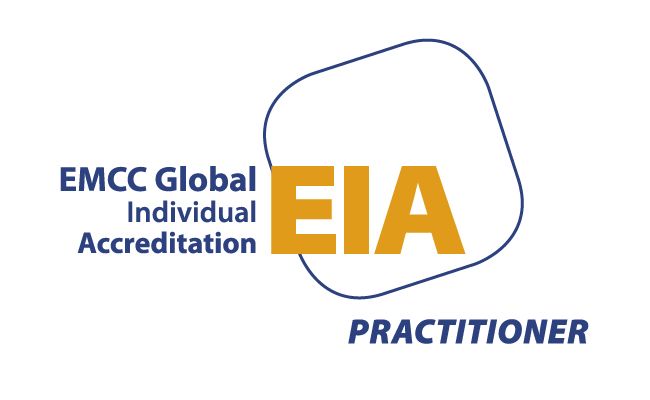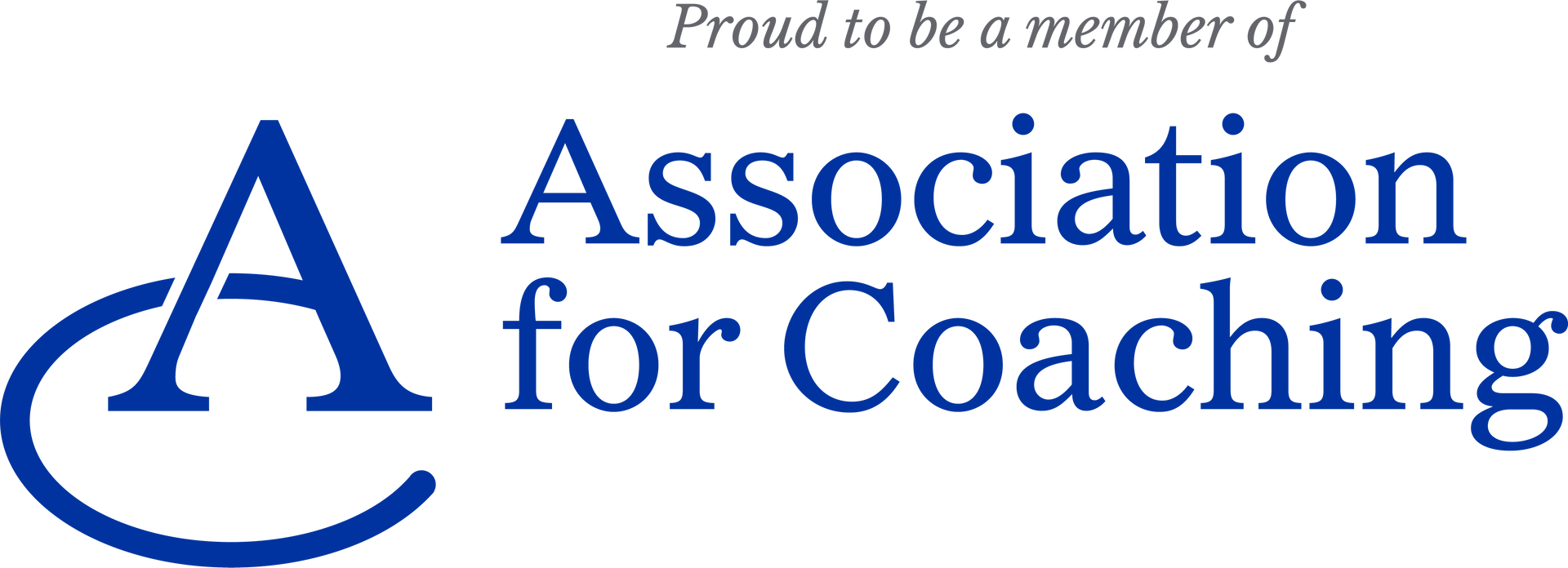Trusting Friends to enable Leadership
Barbra Carlisle • March 16, 2025
How friends can help us unlock our leadership potential

Taking on a senior leadership role, whether Project Director or Chair of the Board, is a significant milestone. When you think about why you took your last role do you recall seeking advice from others on whether the role was right for you?
Nick, in the throws of trying to recover from a stroke, was encouraged by a fried to write a blog. The friend had created a blog page in anticipation of Nick’s answer. Nick had been thinking about writing a book, but recovery was slow, so he accepted his friend’s challenge to start writing a blog. The blog gained momentum, ultimately resulting in a charity for stroke survivors being set up by Nick. Well timed actionable encouragement indeed!
We are often influenced by the advice and encouragement of colleagues and friends, even if in reality they know very little about what your
day job is!
While this support can be invaluable, it's essential to navigate the pros and cons of acting on others' advice and maintain control over your choices.
Pros and Cons of Acting on Others' Advice
Pros:
• Diverse Perspectives: Friends and colleagues can offer different viewpoints, helping you see challenges and opportunities from various angles.
• Emotional Support: Trusted friends provide encouragement and reassurance, boosting your confidence in making decisions.
• Experience Sharing: Colleagues who have faced similar situations can share valuable insights and lessons learned.
Cons:
• Over-Reliance: Relying too heavily on others' advice can lead to a lack of personal accountability and decision-making autonomy.
• Conflicting Opinions: Diverse perspectives can sometimes lead to conflicting advice, making it challenging to determine the best course of action.
• Pressure to Conform: Feeling obligated to follow friends' advice can result in decisions that don't align with your values or vision.
Staying in Control of Your Choices
To maintain control over your choices while benefiting from others' advice, consider the following strategies:
• Reflect
on Advice: Take time to reflect on the advice you receive and how it aligns with your goals and values.
• Seek
Multiple Opinions: Gather insights from various sources to ensure a well-rounded perspective.
• Trust
Your Instincts: Ultimately, trust your instincts and make decisions that feel right for you.
• Set Boundaries: Establish clear boundaries to ensure that you remain the primary decision-maker in your leadership journey.
• Work with a Leadership Coach
who can challenge you in a non-judgemental way to help unlock your own thinking about a situation or an opportunity
Take a step now
If you want to find out more about Nick’s journey please visit The Unlikely Executive Podcast Episode #5 where I explore how Nick Clarke CEO of StrokeInformation stepped into his role.
If you are curious to know how other people’s actions and intentions influence your decisions come and join me on the 5 Voices for Teams programme where we cover personality preferences, communication, getting your message across and what it is like to be on the other side of you.
I support leaders in non-profit organisations and those passionate about Leadership for Good. My mission is to help leaders recognise their brilliance—and that of their teams—so growth is sustained and accelerated.




